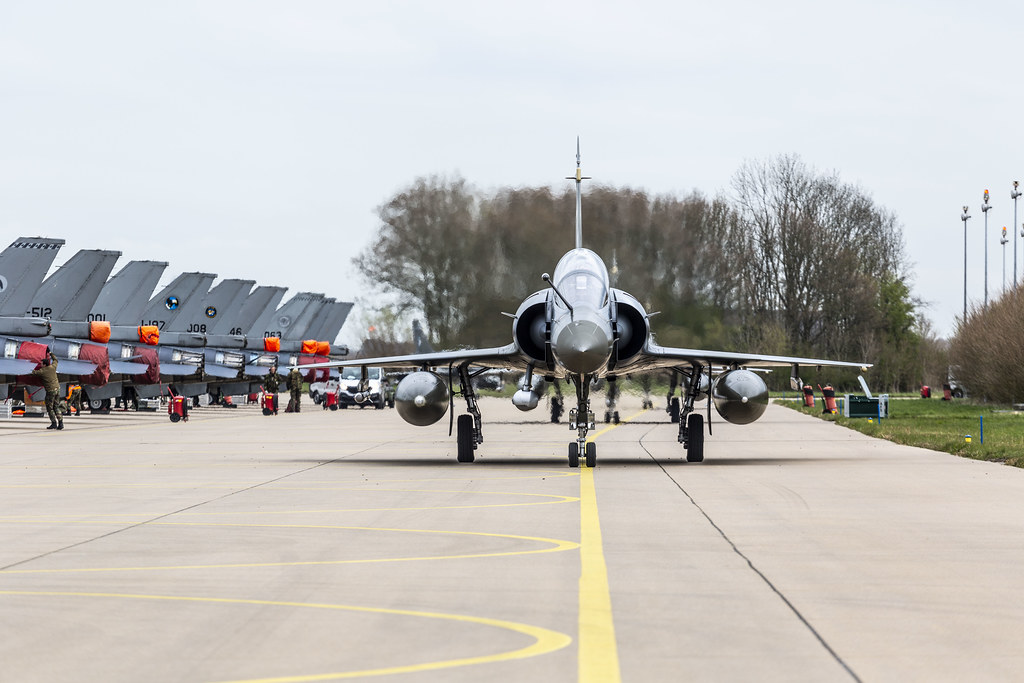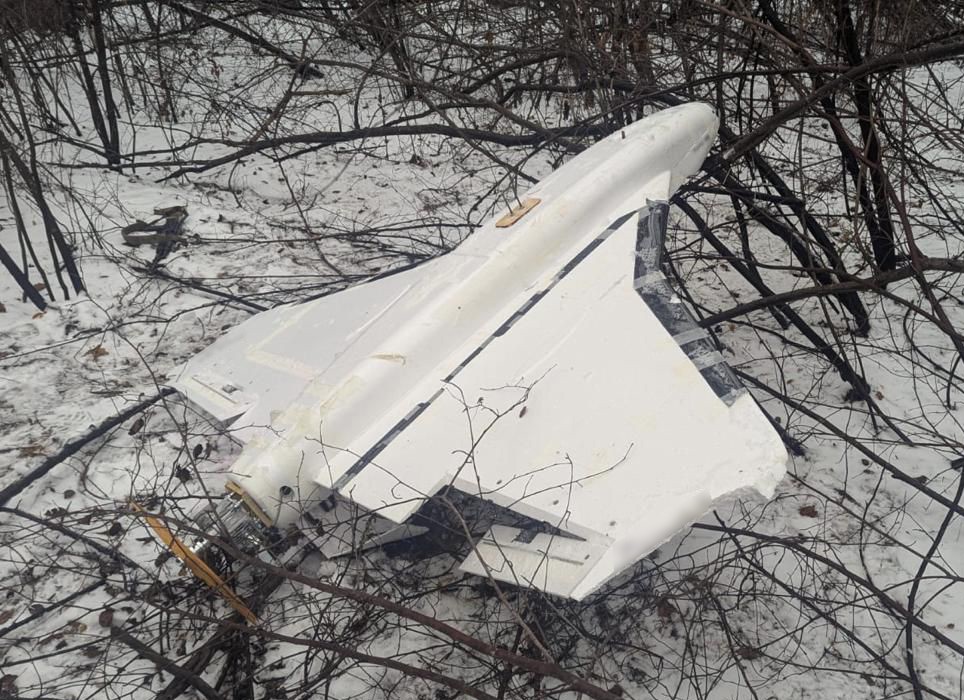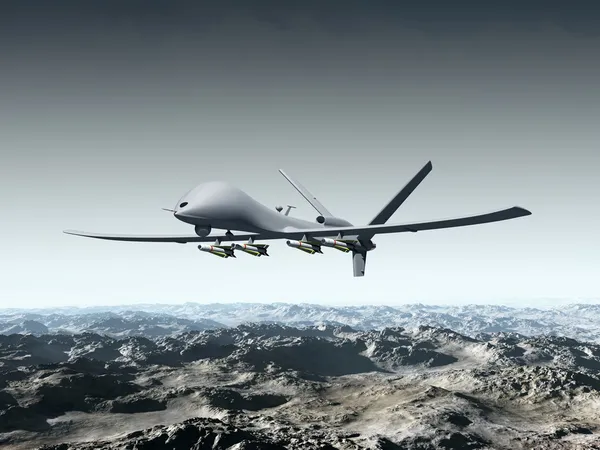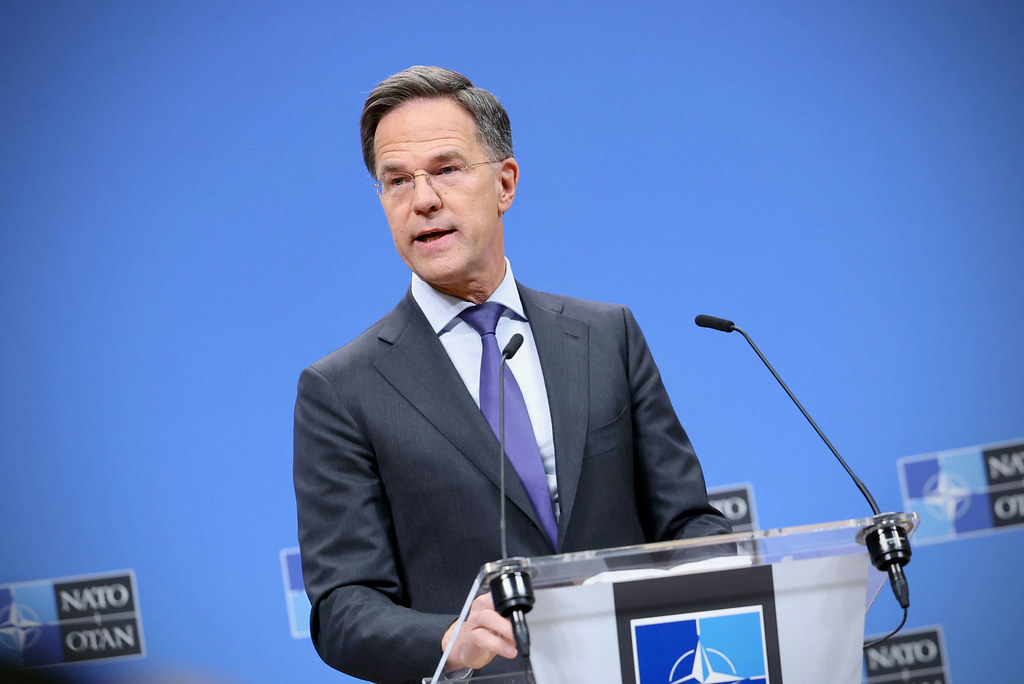
It began with a problem-solution tantalizer: a single night’s aerial strike that not only plunged tens of thousands of Ukrainian homes into darkness but also put NATO’s eastern edge on full alert. Russian forces responded in a matter of hours with a synchronized assault of unprecedented scale more than 50 missiles and roughly 500 attack drones on energy infrastructure, gas facilities, and civilian sites in nine provinces across Ukraine. The proximity of the barrage to Poland’s border prompted an immediate military response, and it served to underscore both the intensity of Moscow’s campaign and the technological stress on NATO air defenses.

1. Scale and Scope of the Assault
President Volodymyr Zelenskyy confirmed that the attack killed at least five people, four of whom were killed in Lviv, and one was killed in Zaporizhzhia, and injured some ten others. The attacks targeted cities and industrial facilities, burning buildings such as an industrial plant in Lviv. Damage to grid infrastructure serving Zaporizhzhia and Chernihiv was reported by Kyiv’s energy ministry, where hourly power outages were enforced. This follows past Russian attacks on Ukraine’s natural gas infrastructure, such as the largest attack on Naftogaz facilities since February 2022.

2. Weapon Systems Used
Russian forces employed a mixture of Iranian-designed Shahed drones, which were developed by Iran, along with locally produced Gerbera variants, combined with cruise missiles and ballistic missiles. The drones, constructed from wood and foam in some cases, are cheap at just $10,000 per unit but can deliver explosive payloads several hundred kilometers. Previous mass attacks, Ukraine’s air force has blown up up to 90 percent of the incoming UAVs with layered defenses that include radar-guided anti-air fire, electronic jamming, and low-cost interceptor UAVs.

3. Power Grid Engineering Effect in Ukraine
Sabotages of substations, thermal stations, and gas processing plants are designed to cause cascading failures throughout the Ukrainian electrical grid. Weeks may elapse before failed transformers and control equipment can be replaced due to supply chain constraints and need for high-voltage calibration. Partial service is maintained by emergency crews through mobile gas turbines and modular substations, yet winter temperatures enhance the humanitarian crisis. The International Atomic Energy Agency reported that only two of the nine functioning nuclear reactors in Ukraine are now operating at full capacity due to grid instability.

4. NATO’s Quick Response
The Polish air force scrambled warplanes, including Netherlands-manned Lockheed Martin F-35s, and placed Patriot missile units on high alert. Radar reconnaissance units were brought to the highest state of alert, with airspace over Lublin and Rzeszów temporarily shut down. The mission profile mirrored NATO’s “Eastern Sentry” surveillance operations, in which E-3 Sentry aircraft patrol up to 650 kilometers into Russian and Belarusian airspace to detect potential incursions. Lt. Col. Stephen Wahnon of the U.S. Air Force stated, “When we’re patrolling these borders, they are our borders. So, it means a lot for us to be out here to defend our borders.”

5. The Cost Disparity Problem
NATO’s deployment of multi-million-dollar systems to counter cheap drones is increasingly deemed untenable. The European Council on Foreign Relations’ Ulrike Franke countered, “What are we going to do, send F-16s and F-35s every time? It’s not sustainable. We need to better equip ourselves with anti-drone systems.” Ukraine’s solution producing thousands of low-cost counter-drones monthly has a model for low-cost defense that NATO has yet to fully adopt.

6. Hybrid Warfare and Airspace Incursions
Over the past few weeks, drone sightings have been reported over airports and military bases in at least eight EU nations. Such intrusions have been described by analysts such as Ivan Stupak as reconnaissance and disruption missions, gathering high-resolution images of key sites while causing economic and logistical pressure through the shutting down of airports. This is all part of Russia’s “sub-threshold” warfare strategy, probing NATO response systems without crossing into overt conflict.

7. New Anti-Drone Technologies
European defense manufacturers are scrambling to create bespoke countermeasures. Saab has unveiled Sweden’s Nimbrix missile, with which to disable low-flying UAVs, and DGA has contracted an anti-drone laser demonstrator from MBDA, Safran, Thales, and Cilas. The systems will be developed to provide a complement to electronic warfare suites in a layer defense system to address both mass-produced kamikaze UAVs and high-end reconnaissance UAVs.

8. Strategic Implications for NATO
The incident reaffirms the need for NATO’s “drone wall” initiative a networked multistate detection and interception program. The alliance leadership under Secretary-General Mark Rutte warned that “Russia’s air recklessness on our eastern flank is on the rise.” The challenge is how to integrate cost-savings measures into existing defense postures while maintaining forces deployed prepared for high-end war.

The night’s events left a trail of devastation along Ukraine and a harsh reminder to NATO: the drone and missile threat is more than an existential fact on the battlefield but a strategic proving ground for Europe’s operational and technological will.


